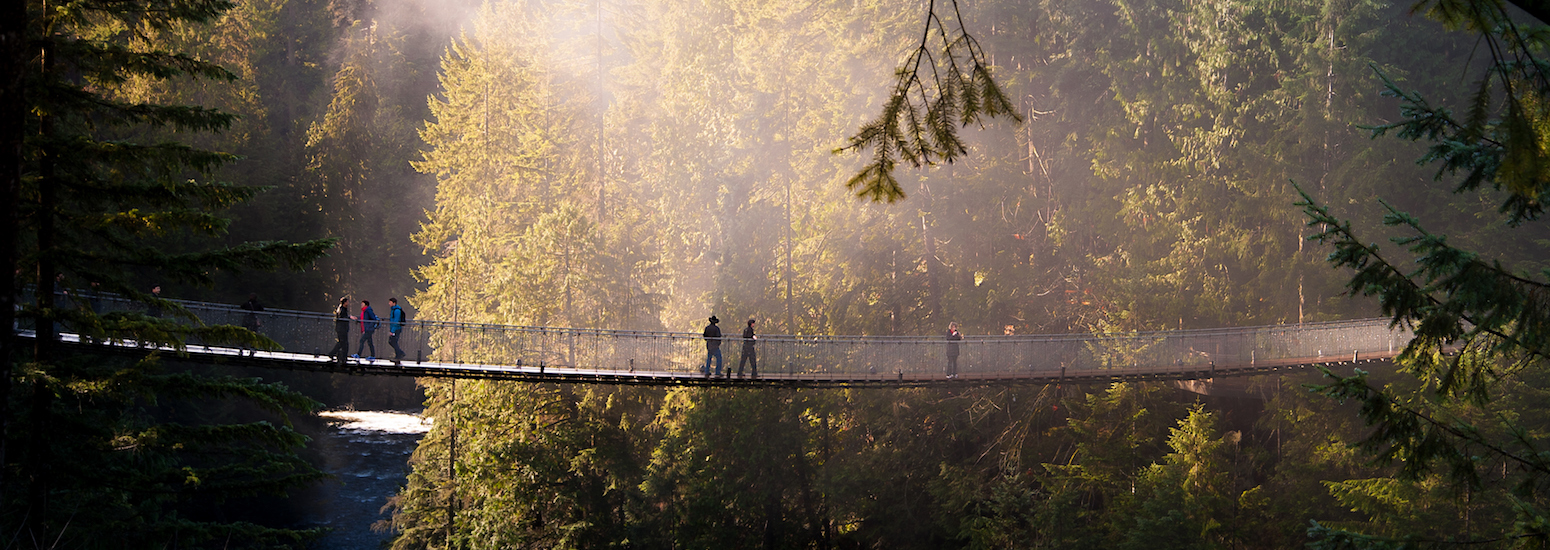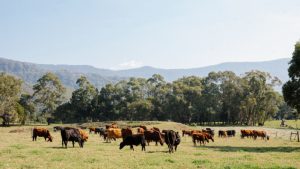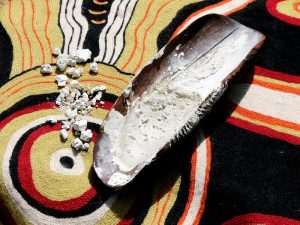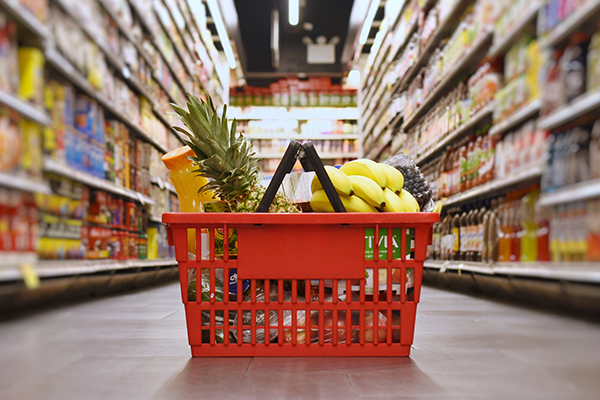1. Don’t work continuously for long hours.
Take a five-minute break after an hour of work, close your eyes and rotate them or look into the distance. 2-3 hours is all it takes to get up and have a cup of tea and blink more. Staring at the computer for long periods of time can reduce blinking and cause dry eyes, so you should usually blink more to keep your eyes moist.

2. Keep ambient lighting soft
Pay attention to lights, sunlight, reflective surfaces and shiny objects that cause reflections, and pay attention to the position of the screen so that no light is reflected. Computers should not be placed on the opposite side or back of a window. The light from the computer screen monitor should not be either too strong or too weak.
3. It is best to wear frame glasses for long periods of time.
Wearing contact lenses will reduce the number of blinks and prolonged computer viewing will aggravate the symptoms of dry eyes, and the air is drier now that air conditioning is used indoors.

4. Do not use eye drops indiscriminately.
Since many eye drops are over-the-counter, many people just take a drop whenever their eyes feel uncomfortable, and the more they use it, the worse it gets. Red eyes are not necessarily inflammatory; they can also be allergic. If you use anti-inflammatory eye drops, this can be worse. Usually eye drops that come in large packages of more than 0.4ml contain preservatives. If your eyes are just dry and tired, we usually use preservative-free artificial tears.

5. Do not rub your eyes with your hands.
If your eyes are uncomfortable, wash your hands first, then close your eyes and press them gently. When there is a foreign body, do not rub your eyes with your hands either. Close your eyes first and wait until there is a large flow of tears, then open them and blink a few times; in most cases, the tears will flush out the foreign body.



 COVID-19 Around the World3 years ago
COVID-19 Around the World3 years ago
 Cuisine Explorer4 years ago
Cuisine Explorer4 years ago
 Arabic2 years ago
Arabic2 years ago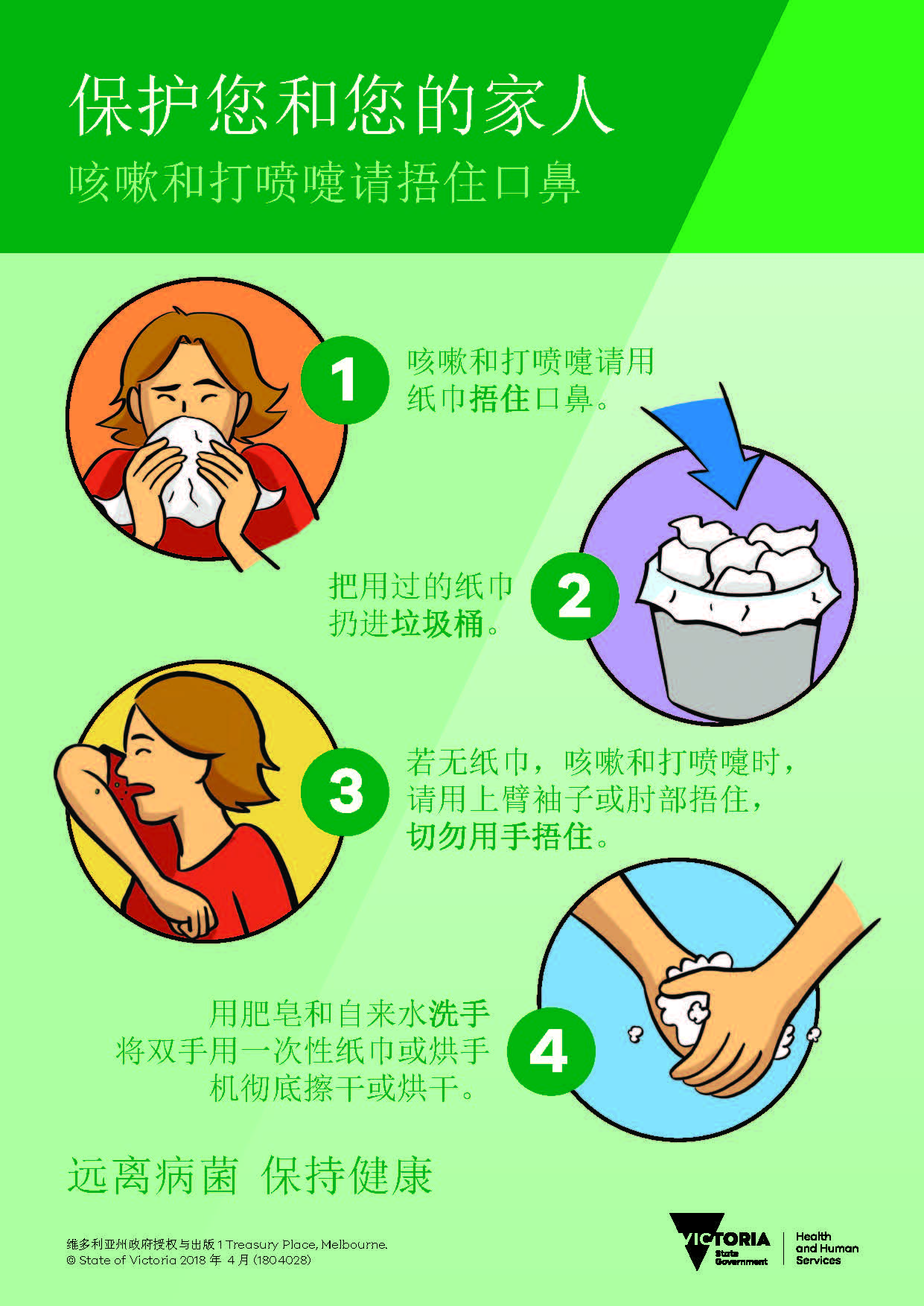
 Cantonese - Traditional Chinese4 years ago
Cantonese - Traditional Chinese4 years ago
 Tagalog4 years ago
Tagalog4 years ago
 Uncategorized4 years ago
Uncategorized4 years ago
 Uncategorized4 years ago
Uncategorized4 years ago








